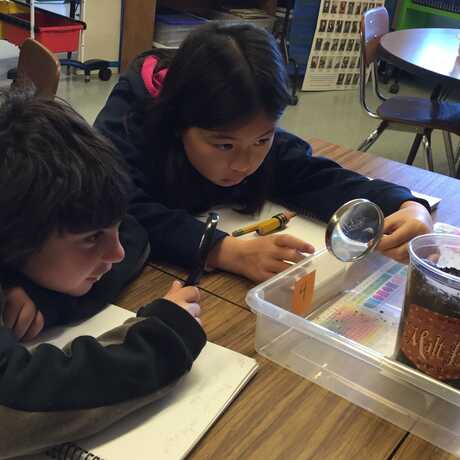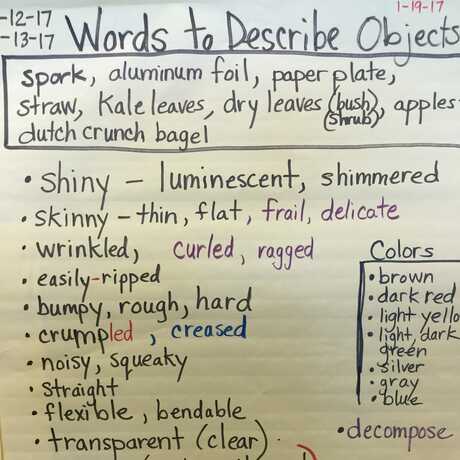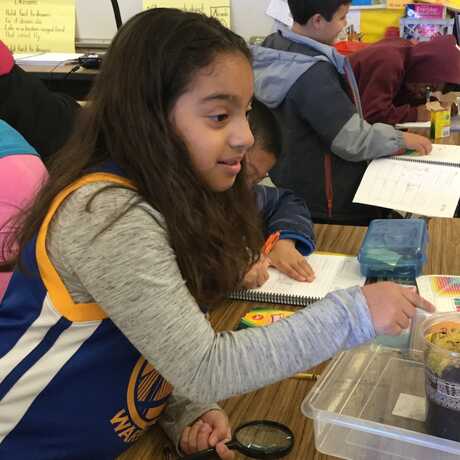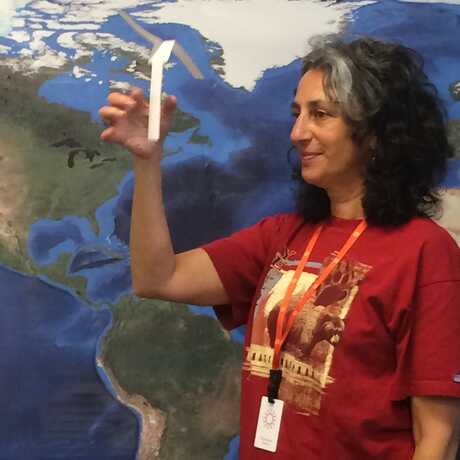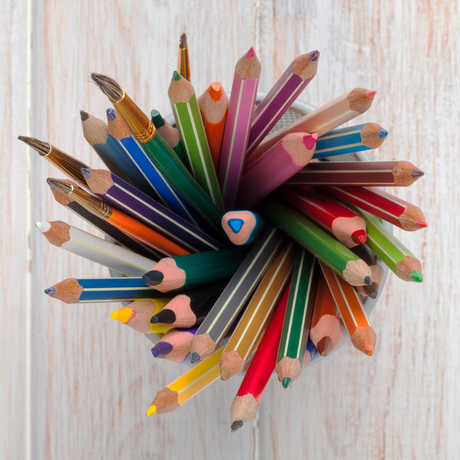
Anoushka spent two months with her fourth grade students exploring the question, How do different objects change over time? Her class placed several objects – an apple, a bagel, a leaf, a paper plate, a plastic spoon, and a piece of tin foil – in clear plastic containers of soil. They made predictions about how each object would change, and then carefully observed the objects over the course of seven weeks.
Read on to see how several notebook strategies worked together to help students build their science ideas about decomposition. To view examples of student work and to download the complete lesson plan, click the links below.





